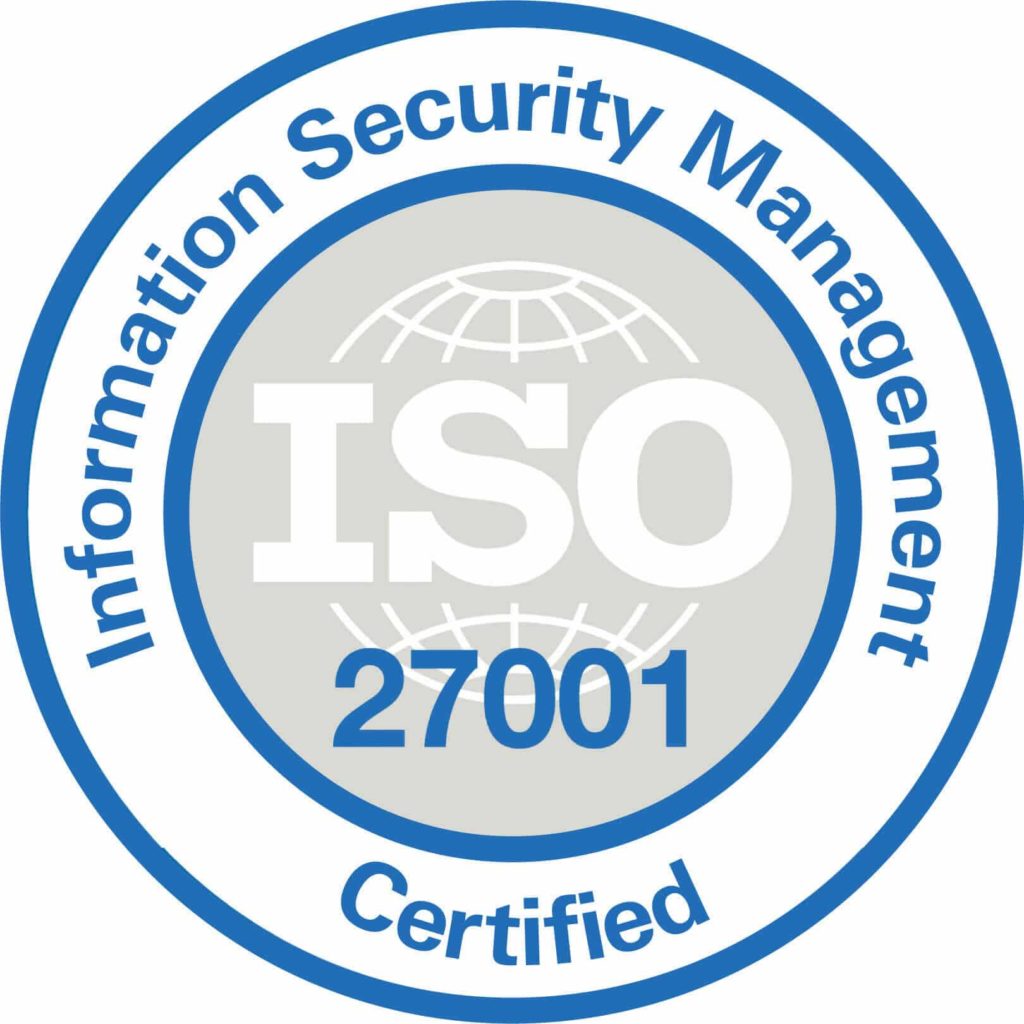OUR ISO27001 COMPLIANCE SERVICES
What is ISO 27001 Compliance?
ISO 27001 is a standard issued by the International Standardization Organization (ISO), which defines information security management systems. Its best-practice approach helps organizations manage their information security by addressing people, processes as well as technology. Being ISO 27001 compliant is a common requirement for insurers and technology providers. Today’s organizations need to prove they are secure to compete within the global marketplace. It’s not enough to claim you are secure; investors and business partners require evidence that you’ve taken the necessary measures to limit any potential incidents.
Reasons to Become ISO27001 Compliant

Improve risk
management strategy

Increase systems
security reliability

Prevent incidents
& financial losses

Protect your
brand image

Appeal to
investors and buyers

Comply with
3rd-party requirements
The Main ISO27001 Guidelines
- Systematically examine the organization’s information security risks, taking account of the threats, vulnerabilities, and impacts.
- Design and implement a coherent and comprehensive suite of information security controls and/or other forms of risk treatment (such as risk avoidance or risk transfer) to address those risks that are deemed unacceptable.
- Adopt an overarching management process to ensure that the information security controls continue to meet the organization’s information security needs on an ongoing basis.

Need Help To Assess And Improve Your Cybersecurity?
ISO27001 COMPLIANCE SERVICES
ISO27001 Compliance in 6 Steps
1. Scope definition
Following a risk-based assessment, the scope of the ISMS (information security management security) is determined in detail.
2. ISMS audit planning
With the scope in hand, the audit is broken down in various areas of focus and technical information is gathered for each of them.
3. Systems audit
Through a formal security audit or a penetration test, information systems are analyzed in accordance with industry best practices to identify any security gaps that represent a risk.
4. Analysis of the findings
Evidence of each risk identified in the previous stage is compiled and analyzed to plan the implementation of the necessary corrective measures.
5. Validation (optional)
Once the corrective measures have been properly applied, another round of security assessments is done to validate their proper implementation.
6. Final reporting
Each step of the process is arranged into a final report that details: the scope of the ISMS, the findings, the extent of the work performed and the conclusions.
